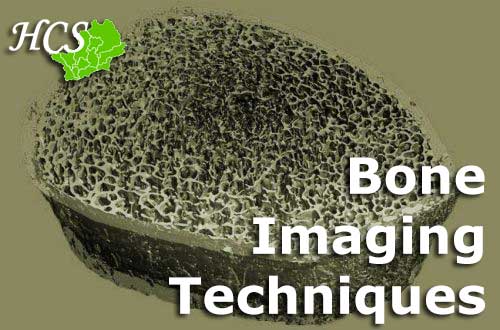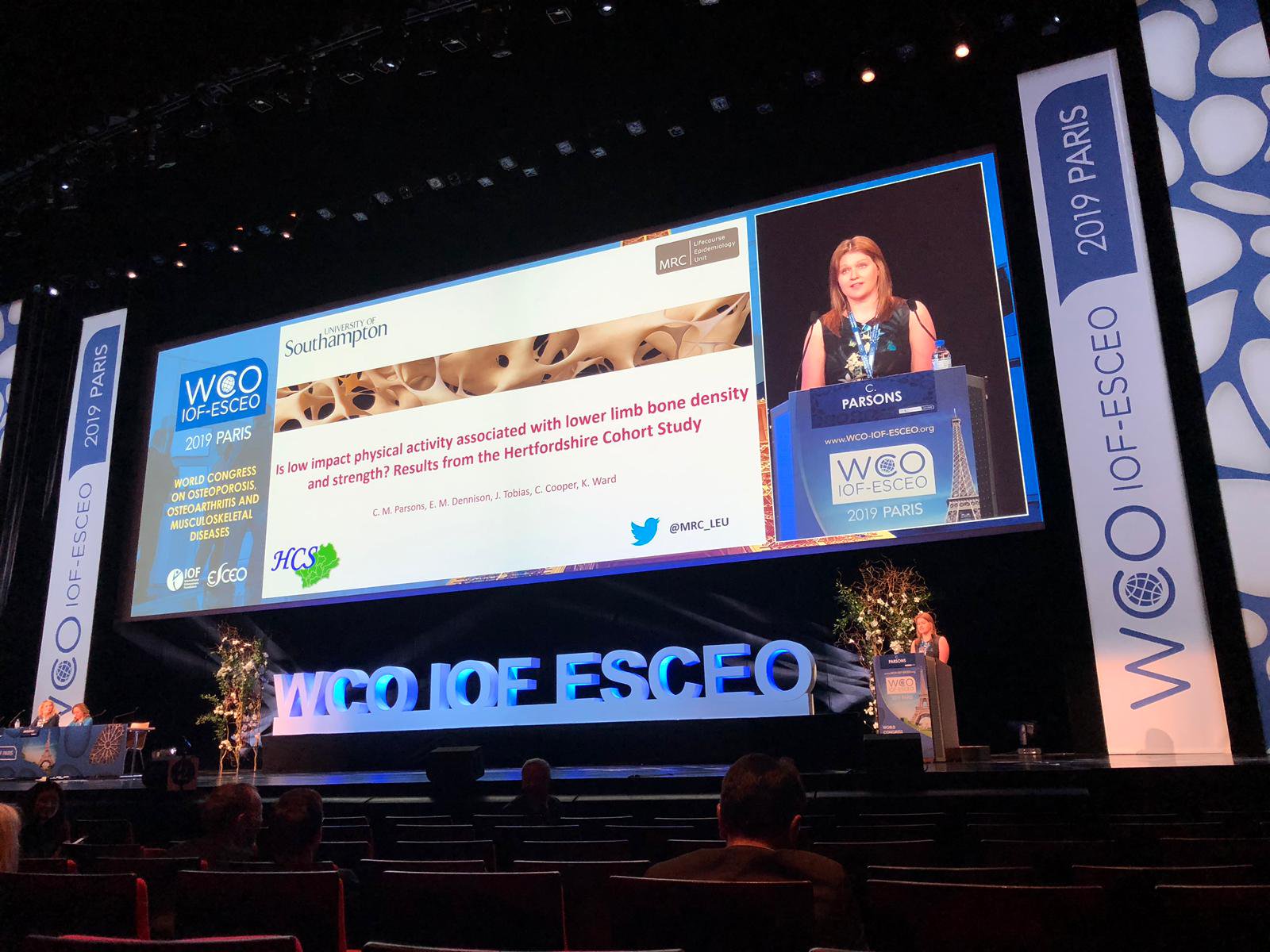
Contributing to the understanding of lifecourse influences on health in later life
Key Findings
Click on the images below to find out more about the key research areas that we investigate using the Hertfordshire Cohort Study.
Bone
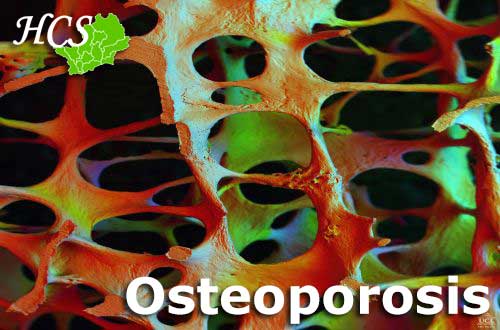
Osteoporosis is a condition that affects the structure of bones as we age. Healthy young bone is rather like the inside of a Crunchie bar – a dense network of solid material around lots of tiny holes. As we age, the holes get bigger and the solid material shrinks – more like an Aero! Eventually, the density falls so low that bones become weak and liable to fracture easily: this is osteoporosis. The size and shape of bone also contributes to risk of fracture.
Joint

Osteoarthritis (OA) is a common musculoskeletal disorder which affects joints – typically the knees, hips, hands, feet, or spine. Healthy joints have a layer of hard tissue called cartilage over the ends of the bones which permits the joint surfaces to glide across each other smoothly. In osteoarthritis, this cartilage thins and the bone underneath becomes thicker, changes shape and sometimes begins to grow outwards, forming bony spurs; these changes are unfortunately associated with pain and poor joint function. These changes were examined in Hertfordshire using x-rays of the knees and hips; in addition, cohort members’ hands were examined for swellings typical of osteoarthritis.
MUSCLE
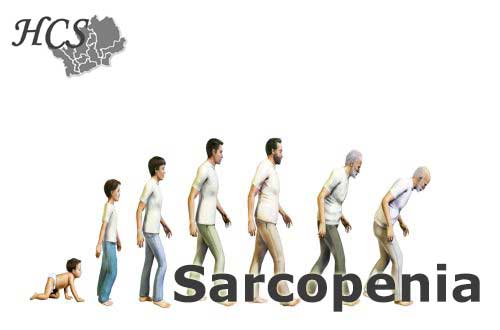
As we age, we naturally lose muscle and become weaker; this can result in frailty or disability and increase our risk of falls. It may be obvious to older people themselves, but until recently the problem has received little attention from the medical profession. With your help, we have investigated ways of measuring the size and strength of muscles, and we are beginning to understand what influences them in later life.
Imaging
Genetics
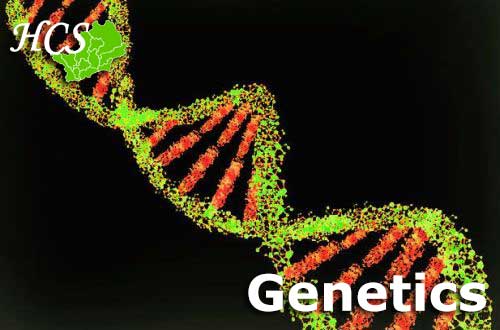
Sarcopenia, the loss of skeletal muscle mass and function with age, is common in men and women over the age of 65 and is associated with a number of adverse health outcomes including frailty, disability, and osteoporosis. Although age, gender, body size, genetic inheritance, nutrition and physical activity are known to influence amount and quality of muscle in later life, there is a lot that we don’t know about muscle mass and strength among older people.

